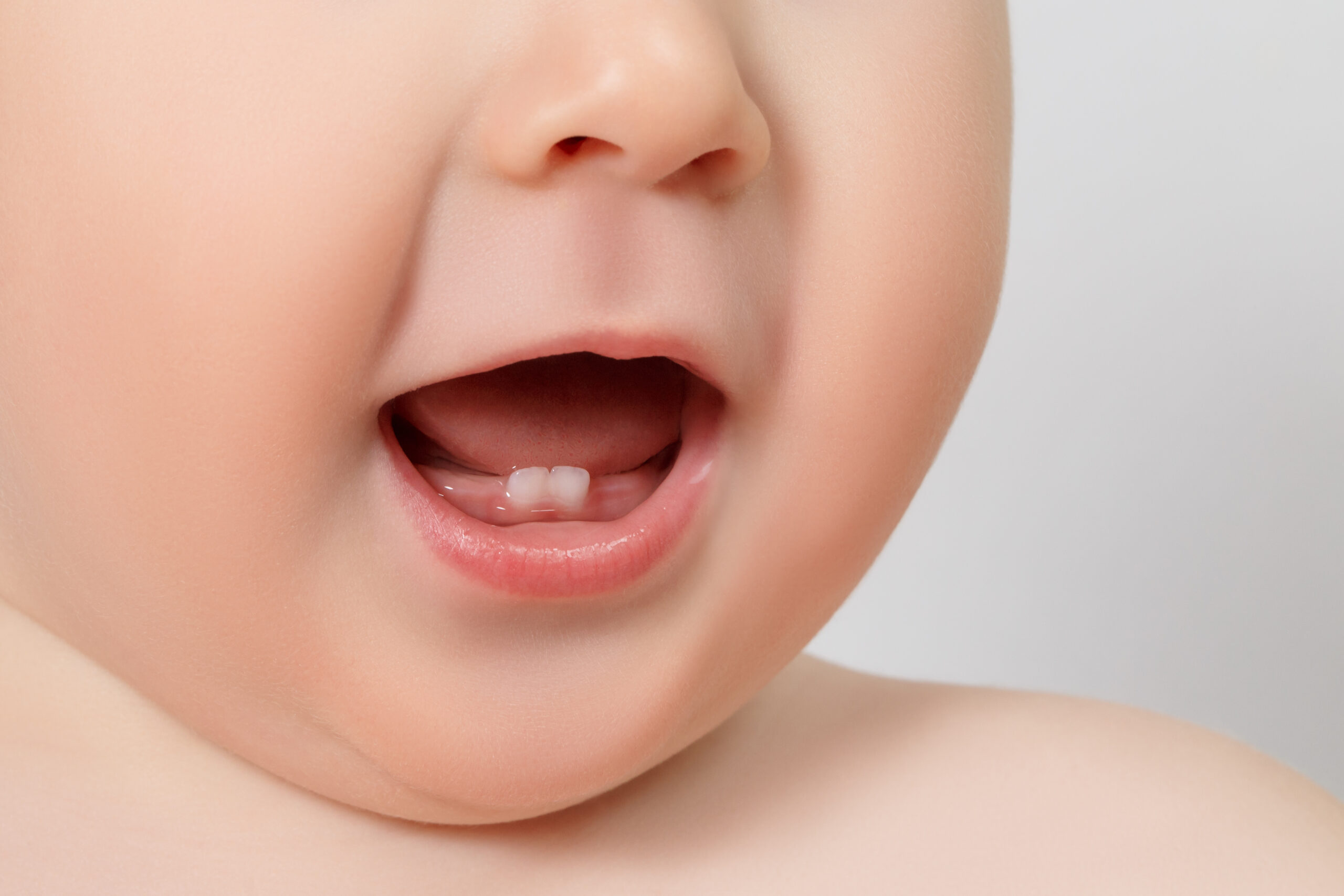Caring for your child’s teeth is a vital part of their overall health.
Yet, many parents feel unsure about the best practices for child dental care.
This comprehensive guide aims to provide you with the knowledge and tools you need. From understanding the importance of baby teeth to navigating the world of paediatric dentistry, we’ve got you covered.
We’ll share actionable advice on establishing a routine for your child’s dental care. This includes brushing techniques, dietary recommendations, and preparing for the first dental visit.
By the end of this guide, you’ll feel confident in maintaining your child’s oral health. Let’s dive in and explore the world of child dental care together.
Understanding the Importance of Child Dental Care
Child dental care is more than just maintaining a bright smile. It plays a crucial role in your child’s overall health and development.
Starting dental care early helps establish lifelong healthy habits. Baby teeth serve as placeholders for adult teeth and play a significant role in speech development. Neglecting them can lead to long-term consequences, including poor oral health and potential speech issues.
When and How to Begin Dental Care
Dental care should start even before your child’s first tooth appears. Cleaning an infant’s gums is the first step in this journey.
Use a soft, moistened washcloth or a piece of gauze to gently wipe your baby’s gums. This should be done after feedings and before bedtime.
Cleaning Gums and First Teeth
Once the first tooth erupts, usually around six months, it’s time to start brushing. Use a small, soft-bristled toothbrush designed for infants.
Brush twice a day, in the morning and before bed, using a tiny smear of fluoride toothpaste once your child is 18 months of age, about the size of a grain of rice.
Choosing the Right Toothbrush and Toothpaste
Choosing the right toothbrush and toothpaste for your child is crucial. The toothbrush should have soft bristles and a small head to comfortably fit your child’s mouth.
For toothpaste, look for one that contains fluoride and is aged appropriately for your child. Use a pea-sized amount for children aged 3 to 6.
The Role of Fluoride in Preventing Tooth Decay
Fluoride plays a vital role in preventing tooth decay in children. It strengthens the tooth enamel, making it more resistant to the acid attacks that cause cavities.
However, the amount should be limited to a smear or grain-of-rice size until your child is three years old. After that, a pea-sized amount can be used.
Effective Brushing Techniques for Children
Brushing your child’s teeth properly is crucial for their dental health. Start by holding the toothbrush at a 45-degree angle to the gums. Then, gently move the brush back and forth in short strokes.
Brush the outer surfaces, the inner surfaces, and the chewing surfaces of the teeth. For the front teeth, tilt the brush vertically and make several up-and-down strokes.
Making Brushing Fun for Kids
Turning brushing into a fun activity can make it easier for your child. You can use a toothbrush that plays music or has their favourite character on it, there are also many apps available to help with making tooth brushing more entertaining
Also, consider making a game out of brushing. For example, pretend to chase away the “sugar bugs” in their mouth with the toothbrush. This can make the routine more enjoyable for your child.
Introducing Flossing to Your Child’s Routine
Flossing should be introduced as soon as two teeth touch each other. This usually happens between the ages of two and six.
Start by using flossers designed for kids. They are easier to handle. Make sure to floss gently between all the teeth and along the gum line to remove any trapped food particles and plaque.
Teething: Symptoms and Comfort Measures
Teething is a natural process that usually begins around six months of age. It can cause discomfort and make your child irritable.
Common symptoms include drooling, biting, gum swelling, and sleep problems. To soothe your child, try giving them a clean teething ring or cold washcloth to chew on.
Diet and Nutrition for Healthy Baby Teeth
A balanced diet is crucial for your child’s dental health. Foods rich in vitamins and minerals promote healthy teeth and gums.
Avoid sugary snacks and drinks as they can lead to tooth decay. Instead, opt for fruits, vegetables, cheese, and lean proteins.
Here are some tooth-friendly foods to include in your child’s diet:
- Apples and carrots: These foods are high in fibre and have a natural cleaning effect on the teeth.
- Dairy products: Foods like cheese and yoghourt are high in calcium, which strengthens teeth.
- Lean proteins: Foods such as chicken, eggs, and beans provide essential nutrients for tooth health.
The First Dental Visit: What to Expect
The Australian Dental Association recommends a child’s first dental visit by age one or when the first tooth appears. This visit is crucial for early detection of potential dental issues.
During the visit, the dentist will examine your child’s teeth and gums. They may also provide advice on diet, fluoride use, and oral habits like thumb sucking.
Check to see if your child is eligible for the Child Dental Benefits Scheme
Preparing Your Child for the Dentist
It’s normal for a child to be nervous about their first dental visit. To ease their anxiety, explain what will happen in simple terms.
You can also read them books about visiting the dentist. This can help them understand the process and feel more comfortable.
Recognising and Addressing Dental Issues Early
Early detection of dental issues can prevent more serious problems down the line. Look out for signs such as toothaches, sensitivity, and discoloration.
If you notice any of these symptoms, schedule a dental appointment immediately. The dentist can diagnose the issue and provide appropriate treatment.
FAQs: Common Parental Concerns About Child Dental Care
Parents often have many questions about their child’s dental care. Here are answers to some of the most common queries:
- When should my child start using toothpaste?Start using a rice-sized amount of fluoride toothpaste when your child reaches 18 months of age unless advised by a dental professional.
- How often should my child visit the dentist?Schedule your child’s first dental visit when their first tooth appears, or no later than their first birthday. After that, regular check-ups every six months are recommended.
Remember, every child is unique. Always consult with your dentist for personalised advice.
Conclusion and Checklist for Child Dental Care
Caring for your child’s teeth is a vital part of their overall health. By starting early and being consistent, you can set your child up for a lifetime of good oral hygiene.
Here’s a quick checklist to help you stay on track:
- Start cleaning your child’s mouth before teeth appear.
- Brush twice a day, with fluoride toothpaste.
- Introduce flossing as soon as two teeth touch.
- Limit sugary drinks and snacks.
- Schedule regular dental check-ups.
Remember, your actions and habits play a significant role in your child’s dental care. Lead by example and make dental hygiene a priority in your family.








